Affiliate links on Android Authority may earn us a commission. Learn more.
What phone is "good enough" in 2017?
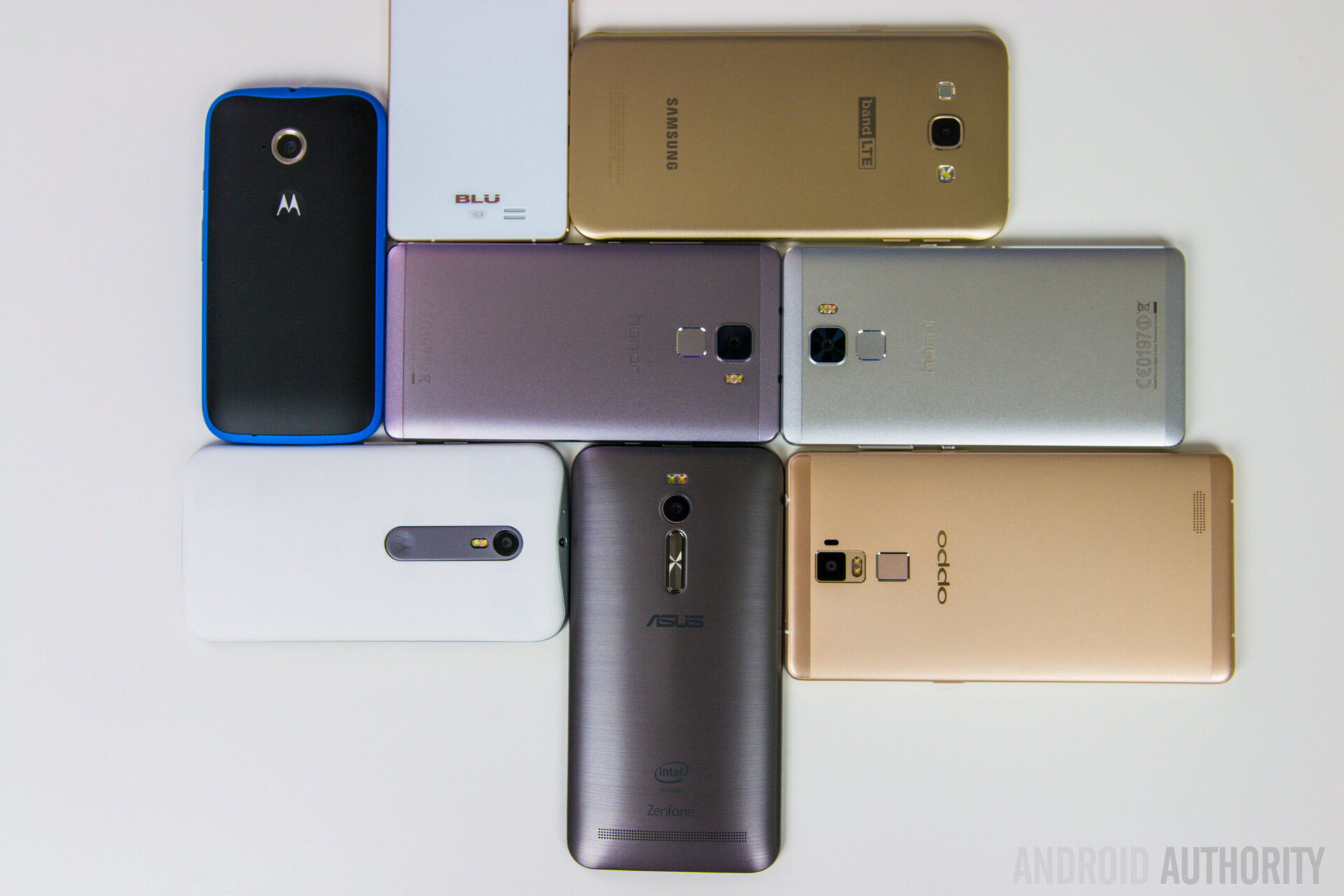
When you think about it, picking up a new flagship smartphone is a rather safe task. You’re virtually guaranteed to buy top notch performance, a good camera, and some swanky cutting edge features. It’s more of a question about what slight improvements one flagship offers over another, differences in design, and any particularly unique software features.
When it comes to lower cost handsets, there’s a much bigger minefield to navigate. Sometimes cheap processor components can ruin your day to day experience, the camera may take inferior looking pictures, and the software could be missing many of Android’s latest and greatest features. This guide will breakdown what to look for in a good low cost smartphone, to help avoid any disappointments.
Don’t skimp on the processor
Your phone’s processor is responsible for pretty much everything that it does and I would strongly argue that this is the key component to pay attention to if you don’t want to end up with a frustrating experience, waiting for apps that freeze on the simplest commands.
We won’t dive into too much technical stuff here, but one trend you’ll notice among lower cost smartphones is the prevalence of ARM’s Cortex-A53 CPU core, which is designed for low power consumption. On their own, these cores don’t offer a lot of performance, and I would say that even in quad-core configurations this design is a little slow for multi-tasking. The Moto E (2nd gen) I own often pauses for a second or two when switching apps. However, Android scales well with multiple cores, and octa-core Cortex-A53 processors offer snappy enough performance for most tasks.
As a general rule, Qualcomm's Snapdragon 617, MediaTek's P20, Samsung's Exynos 7 Octa series, and HiSilicon's Kirin 935, or better are all safe bets for good performance. But feel free to spend more for faster gaming and multitasking experiences.
An octa-core A53 design is the baseline that you should look for these days, and any processors boasting more powerful A57, A72, A73 or Qualcomm Kryo CPU cores will simply fly without worries, if you’re after that extra juice for multi-tasking and gaming. Gamers may also want to pay closer attention to the graphics processing unit (GPU) includes with the chip. Avoid mid-range and even flagship chips from 3 or 4 years ago, you can easily find superior midrange chips today.
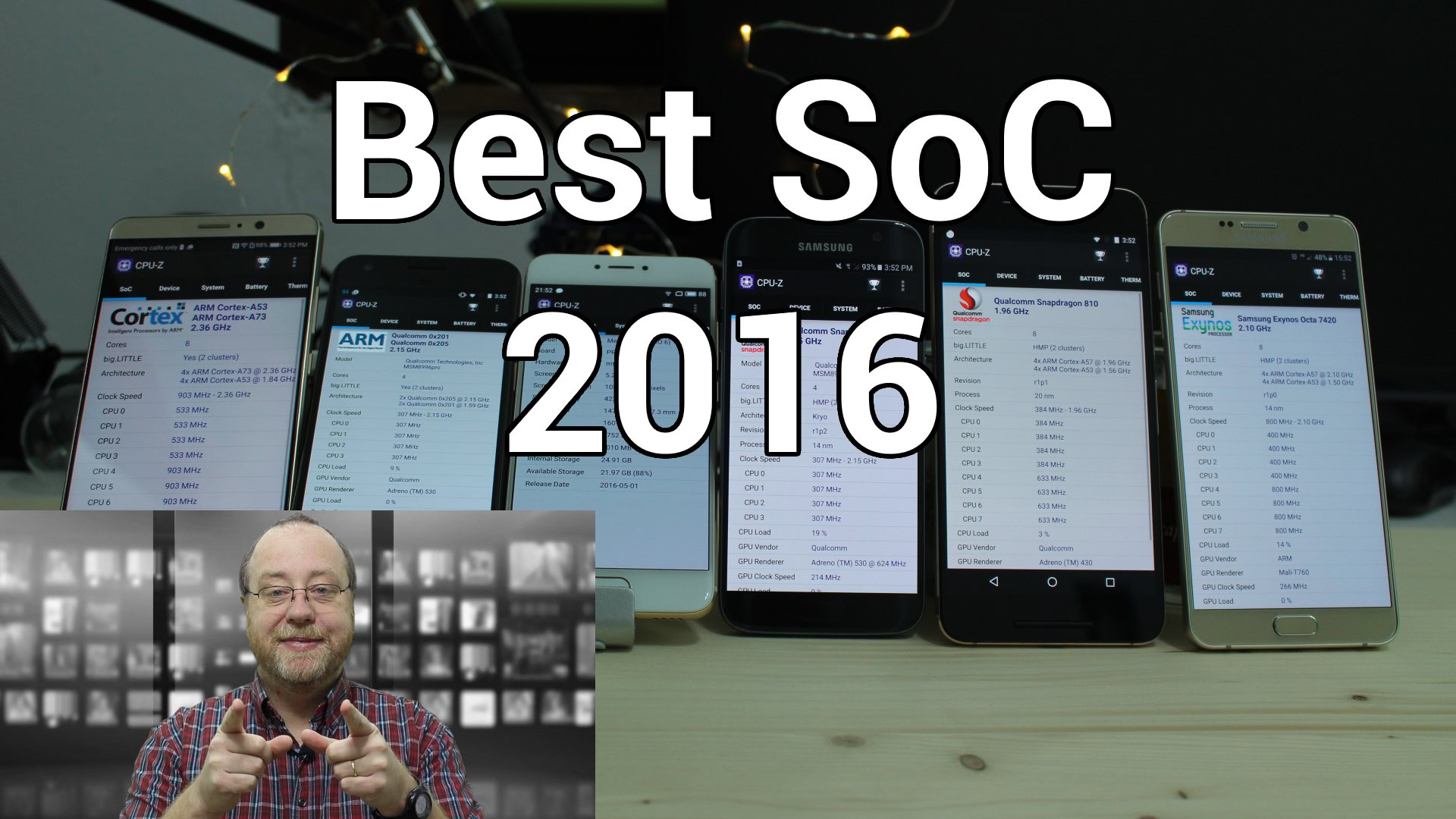
As a general rule of thumb, processors from Qualcomm’s Snapdragon 6XX series or above are going to offer smooth experiences for your day to day browsing and basic gaming. MediaTek’s P20 and X20, Samsung’s Exynos 7 Octa series, along with HiSilicon’s Kirin 935 or better are also perfectly suitable performers for the vast majority of regular use cases.
Memory, memory, memory
Alongside the processor, the other half of performance is RAM. Fortunatley RAM is quite low cost these days, and you can easily pick up phones with 2, 3, and even 4GB on a reasonable budget. We would recommend 2GB as the bare minimum these days, but take 3GB for some headroom to ensure smooth multitasking, if you can get it.
For storing apps, pictures, music, video, and what have you, you’ll want a decent stack of flash memory too. The table below shows a breakdown of roughly what you can fit on various storage sizes, and if you pick up a phone with a microSD card slot you can further augment this space.
| 4GB | 8GB | 16GB | 32GB | 64GB | |
|---|---|---|---|---|---|
50MB app | 4GB 80 | 8GB 160 | 16GB 320 | 32GB 640 | 64GB 1280 |
4 min 256kbps MP3 | 4GB 520 | 8GB 1040 | 16GB 2080 | 32GB 4160 | 64GB 8320 |
4 min FLAC | 4GB 167 | 8GB 334 | 16GB 668 | 32GB 1336 | 64GB 2672 |
12MP JPEG picture | 4GB 950 | 8GB 1900 | 16GB 3800 | 32GB 7600 | 64GB 15200 |
25 min 800x600 MP4 video | 4GB 26 | 8GB 52 | 16GB 104 | 32GB 208 | 64GB 416 |
2 hour 720p MP4 movie | 4GB 5 | 8GB 10 | 16GB 20 | 32GB 40 | 64GB 80 |
At a minimum, 16GB will give you plenty of space for a moderate app, music, and picture collection. Opting for 32GB will give you plenty of space to play with a few episodes and higher quality movies too. 64GB and 128GB options are often reserved for more expensive flagship models and those who want to store higher quality media files, but aren’t necessarily worth the extra expense.
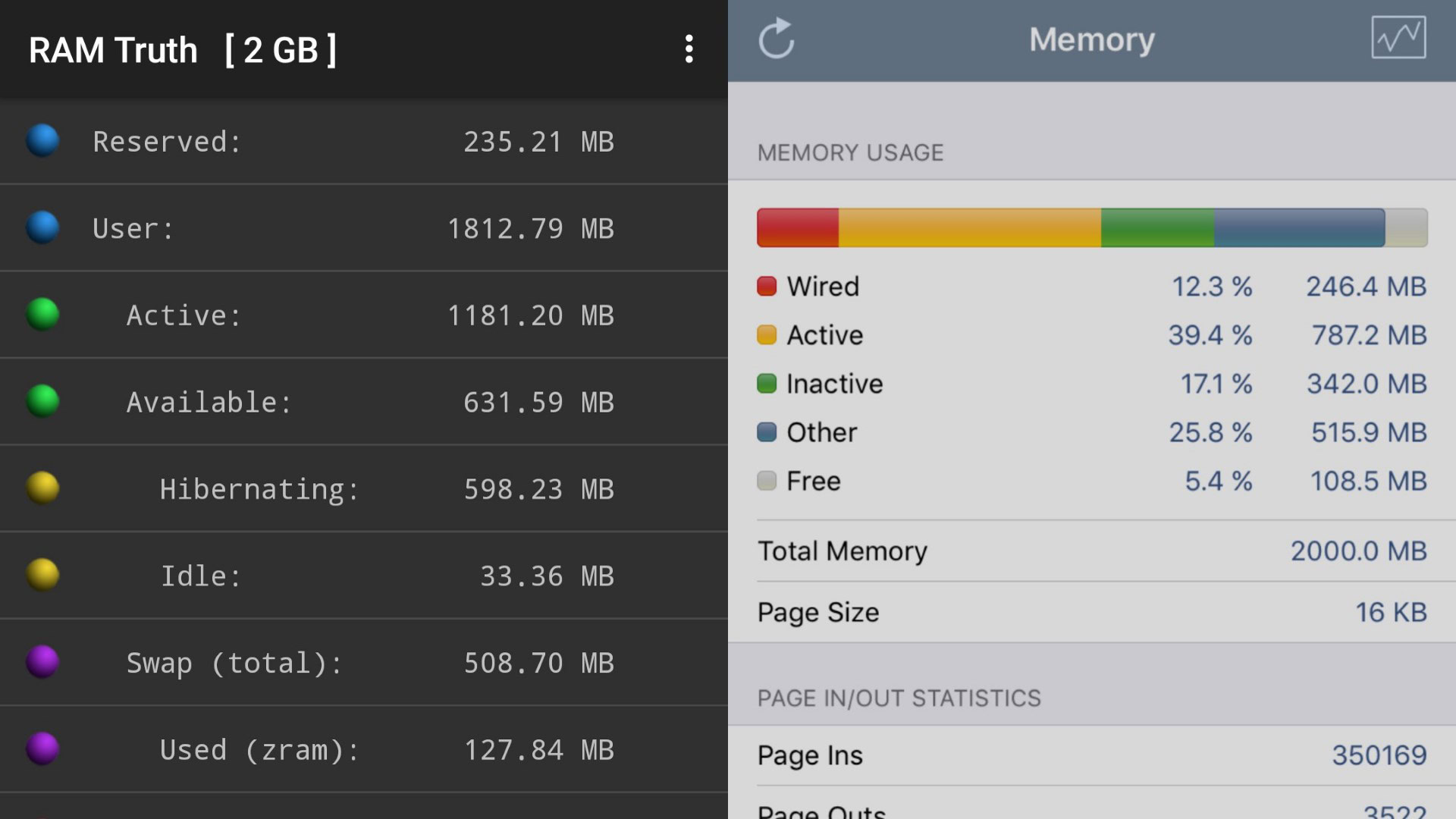
Camera and video features
While processing hardware is relatively easy to compare on paper, judging camera quality from a spec sheet is much harder, if not impossible. Camera resolution gives you an idea about how fine the image can be, but it doesn’t tell you very much about the quality of the picture. Likewise, pixel size and lens aperture give you an idea about how much light the camera can capture, but doesn’t tell you how well the software will process colors or sharpness.
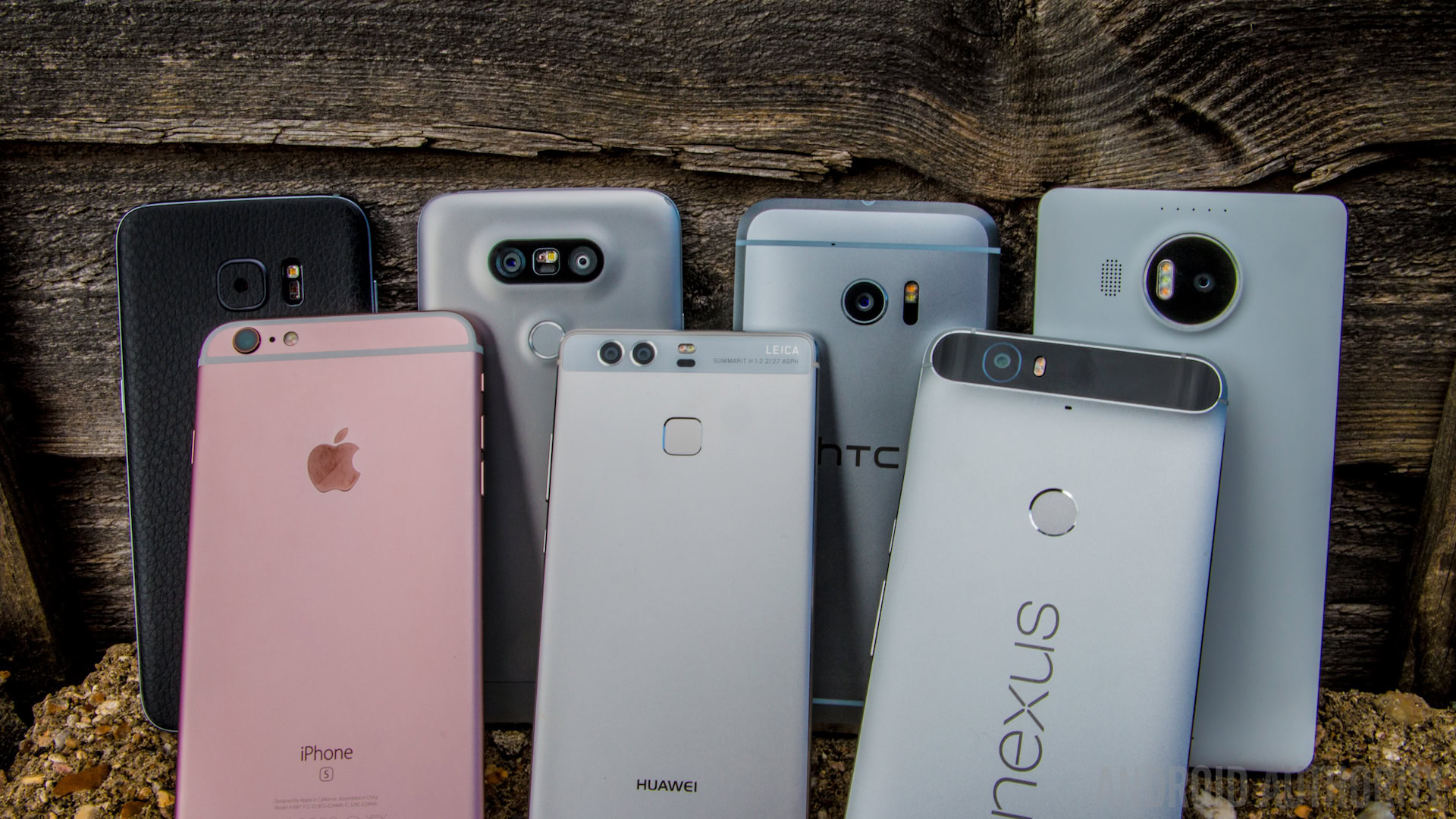
If you’re looking for some blanket advice, 12 megapixel sensors or higher on the rear camera tend to be more expensive and therefore higher quality. If the phone’s spec sheet is decent, keep an eye out for mentions of phase detection autofocus or optical image stabilization, as these typically indicate that the manufacturer is paying additional attention to the quality of the camera. Dual camera configurations with lower resolution sensors (such as two 8MP cameras) can offer good results too.
For the front camera, you’ll want at least 5 megapixels to prevent your pictures from coming out as a blurred mess. If you’re looking to shoot video, definitely check out the available shooting modes, as you’ll need a high resolution sensor to capture 4K, while optical and electronic image stabilization (OIS/EIS) will help keep video looking smooth.
Fast charging, fingerprints, and more
While previously reserved for expensive flagships, there are many useful extra features now making their way to mid-range handsets too. You might not find fast charging and fingerprint scanners on the lowest-end models, but these features are certainly available even in the sub $300 bracket these days.
Fingerprint scanners are, of course, useful for securing your device and also opening up the door to fast mobile payments on NFC enabled handsets. While far from essential, NFC is definitely a feature to look out for if you’re interested in using Android Pay or some other mobile payment system.
Flagship smartphone owners who need to charge up their phone in a hurry, and you can find plenty of affordable models packing fast charging tech.
Other extras such as USB Type-C, FM radios, face detection, hi-fi audio, etc are all nice to have, but these are the type of features that we should be willing to compromise on to save a few bucks.
Perhaps more useful is fast charging technology, as it’s not just flagship smartphone owners who need to charge up their phone in a hurry. You can certainly find plenty of mid-range phones that support fast charging technologies, including Samsung’s Galaxy A5, the vivo V5 Plus, the Moto G4, and plenty of others. Don’t accept anything less these days.
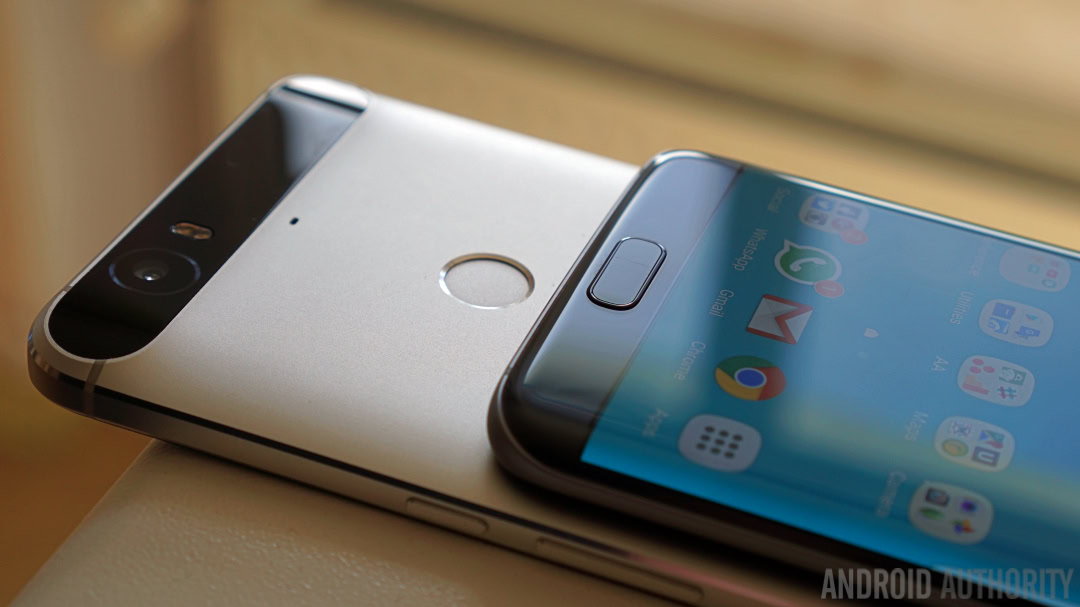
Wrap Up
In summary, we know that we can’t have everything on a budget, but there are some areas that we really shouldn’t skimp on. A reasonable processor paired up with a decent amount of RAM and internal memory ensures that we won’t become frustrated by the day operations of our phone. At the very least, a modern octa-core processor with 3GB of RAM and 16GB of storage is a strong starting point.
We didn’t mention anything about software in this post, because quite frankly there are way too many OEM skins and variants to cover. However, at the very least you should pick up a phone with Android 6.0 Marshmallow onboard right now as the minimum, preferably with an update path to Nougat already mapped out. In the second half of 2017, we should certainly see more affordable handsets packing Nougat land on store shelves.
If we’re looking to get the best features for our money, mid-range phones can be readily found packing fingerprint scanners, NFC, fast charging, and decent camera setups. Prioritising which of these features is most important to you can result in some excellent choices without breaking the bank. For a look at some of the best on the market, check out the HONOR 6X, ZTE Axon Mini, and the Moto G4 Plus, as just a few examples.
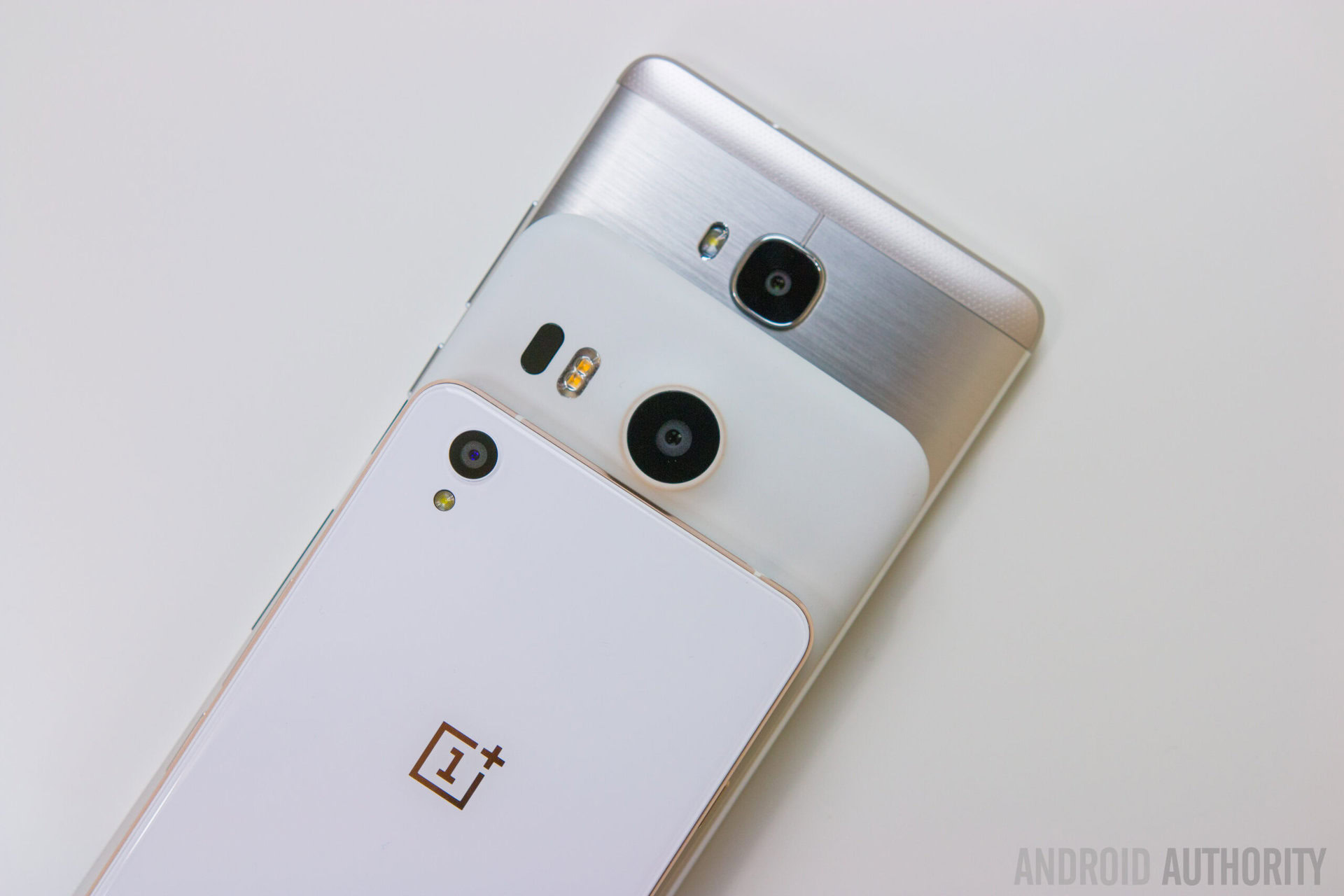
Do you have any particular features that you look out for when buying a lower cost handset? What do you think passes as the minimum to expect from a good smartphone these days?